June has to be the nicest month in the garden especially in our climate with everything at it’s best , every shrub and tree in full leaf , fresh with it’s best coat on bursting with growth and although I hate to admit it , it is downhill from now to November and although it still looks good it starts looking tired and never as vibrant as it is now and of course at mid summer there is light until 11 pm … magical !
In June trees and shrubs reach their peak growing condition which is why it is also the favourite month for visits to gardens , after June certainly gardens continue to look good but that lushness is going and by end of August everything is beginning to look a little tired … right now the gunnera are at their best and the giant leaves make the garden look almost like the Seychelles !
One evening recently in early June the Kilcash Garden Society visited and a nicer group of visitors would be hard to find … Kilcash is just a few miles away on the slopes of Slievenaman so we all knew people in common and in fact some of the older ladies had danced to my Father’s band , the Riverside Jazz Band back in the 1960’s when outdoor dances were held in marquees in almost every parish and many of us would have found our first taste of romance and gardening among the shrubs around the back of the marquee … innocent days !!
Of course my three week busman’s holiday in Croatia setting up a new Olive garden resulted in this garden being neglected and with a mountain of work waiting for me as May is the worst possible month to be away from a garden due to the huge growth in that period and it was a jungle ! A hectic two weeks of grass cutting , strimming , weeding and it is only now after three weeks back home that I can get down to the detail and it is the lack of time to deal with the detail that really pisses me off and this morning I was back to normal where I could divert from a task in hand and just stop and weed or plant up and move a pot … happy days again .
I visited Clonmel Garden Centre several times since I came back to catch up on what’s in stock and chanced upon five rhus cotinus variety “ Grace “ which with it’s large purple leaves is a perfect foil for the green leaf prominent in the lower garden … known as the smoke bush , the variety Grace is one of my Top Five shrubs and I love the way it threads its long branches through it’s neighbours . Snezana on one of her visits to an Irish garden centre fell in love fifteen years ago with what she calls to this day “ red bush ” and I didn’t want to consider it as I grew it years ago in my first garden and didn’t find it hardy … anyway she insisted we try it and we did and it thrived and that original bush grew into a tree as large as the house but my God have I had to listen to her praising her gardening wisdom ever since !
The shrub is known as the Smoke Bush because in Autumn a hazy type rosette of flower appears all over the branches which from a distance gives the impression that the bush has smoke drifting out of it .
My trip to Dalmatia in May allowed me to see the cistus or broom at it’s best growing wild on every hill side which is why apart from one plant I don’t grow it here as somehow without the Mediterranean /Adriatic light it looks pale and insipid and of course here we never grow it in huge drifts as you get in the wild nor does it self seed rampantly .
As I have often stated in previous articles I do not buy shrubs for their flowers , if they flower well that’s great but they have to earn their keep with either great foliage in spring / summer or winter bark and preferably with both however there is always an exception to every rule and with me it is the rambling rose and especially the variety “ Rambling Rector ” which for a brief three week flowering period in late June is absolutely stunning and it lights up any part of the garden … you come across it and it is a real wow moment . I have it growing in two areas and basically you plant rambling rector against a hedge or ditch or as I do at the base of a tree and let it scramble into the branches then you can forget it for the rest of the year , it doesen’t get black spot or white fly and doesen’t need complicated pruning , in fact you just hack it back for tidiness now and again preferably with a long chain saw as it is an unforgiving plant if you get close to it with vicious thorns and branches that wrap around you with nasty results and I have lost a few cardigans and quite a bit of flesh to this bad boy over the years !
In March I wrote about our new Luytens garden seat which is one of the most recognisable garden seats in the world and of course it is quintessential English garden design at it’s best , designed in the 1920’s by Sir Edwin Luytens, the English architect and became an instant classic . Of course being so English , stiff upper lip and all that , it is an understated icon , not painted and is usually left to turn a silvery grey but here I wanted it to have impact so out came the Moroccan Majorelle blue paint brush !
The Luytens seat is not one you stumble on by accident , hidden away as it were but are always best displayed at the end of a long avenue or placed on a high terrace to be viewed from a distance and I had such an area here in the blackthorn wood area which Snezana cleared in March but it had to wait until this week when Peter Cullen laid a small patio area with indian sandstone and it looks brilliant in it’s final home … although not exactly a colour that Luytens would have chosen !
Final position of the Luytens bench in the Black Thorn Wood area .
Crocosmia is a perrennial also called montebritia with strong leaf every year and quite architectural , likes dry conditions and spreads into a large clump and although some gardeners think it is invasive , I like it and use it a lot … you can buy it in bulb form in the Autumn but mostly people buy it in the garden centres when in flower which it will be in a few weeks . The best known variety with red flowers is Lucifer which I don’t like as it grows almost a metre and a half and then falls over after a few weeks whereas a variety such as George Davidson is more compact and stays upright until cut down by the frost in November …. an essential plant for any garden .
My neighbour , Liam , comes to inspect the work !
A by product of the extra space we acquired in the blackthorn wood area was that we had to extend the original wall made from railway sleepers to double it’s size as the original design purpose of the wooden wall was to conceal that part of the garden as you walked the path and the wall was a design feature in itself , to split up the now extended length of railway sleepers I asked Peter to place a round telegraph pole in the middle of the new wall and this has worked very well .
On the other side of the wooden sleeper wall Snezana bought and placed this terracota head in the hope it would gently dissuade the deer from making the lower wood their home away from home !
Although it was only March it seems like an age since I built this raised rock bed in the Lower Field and when I built it of course there was no foliage on the trees and it looked quite stark but now in mid summer it’s location has changed dramatically and it is semi shaded all day … I had underestimated this and planted mainly sun loving plants but they seem to be thriving even though the gardener didn’t strictly adhere to the right plant right place dictat !
The last weekend in June is traditionally reserved for the Charity Garden Open in support of the Clonmel Lions Club and this year’s event on June 25th and 26th was well supported and people donated generously for such a good cause . As usual the Lions Club members supplied a rotation to man the entrance which left me free to meet visitors and give a brief introduction to the garden and while normally I walk the garden with visitors it is not possible at the Open Weekend due to the number of people visiting but I try to meet everyone at the beginning and end of their visit however this year we had two enthusiastic guides in Keelin and Addison Burke who although young (eight and ten years old ) quickly adopted the pattern and chat of experienced garden guides as they showed people around !!
Again as usual the Lions Club committee put up direction signs all over the town for a few days before , texted , facebooked and and tweeted details of the opening , baked cakes and buns which went down a treat with visitors …. a big thank you to all the cooks and volunteers .
I enjoy meeting visitors to the garden and giving details of the timeline of the project here and as usual lots of questions on individual plants and general gardening problems about will this grow in my garden or more likely WHY does it not grow in my garden !
The plant everyone asks about when they see it here is the Japanese knotweed as it has such a bad reputation for spreading and growing even through concrete … it can grow up to a metre in a day and I advise NOT to plant it but if you already have it , learn to embrace and love it as I do … mine came in with some top soil ten years ago and is confined to just one area where I cut it each year into a tunnel of foliage separating the immediate back garden from the Lower Garden … love and embrace !
Japanese knotweed was introduced into the UK in the 1840’s by a clergyman who took it back from Japan and planted it in his London garden which by coincidence backed on to the London to Manchester railway line and in time the seeds were carried along the railway tracks the length of Britain . At that time no one realised how invasive it was and it was even declared Plant of the Year by the Royal Horticultural Society in 1850 .
The problem with Japanese knotweed is that in it’s native Japan it grows only on the slopes of volcanic lava where there are 39 varieties of predators ( beetles and insects ) whose only diet is the knotweed and consequently it is well controlled naturally however in our climate there are NO known predators so it thrives but in the UK they have now bred one beetle that may be the solution and they are currently trialling this guy to see what else it eats before releasing it into the wild where hopefully it will set to work breeding an army of Japanese knotweed loving critters !!
Visitors to the Garden June 2016
During the Charity Open weekend , a first time visitor to the garden , Shay Hurley , a Clonmel born Irish language teacher and local historian , visited and said that he had dug up a wooden artefact on Suir Island which he thought would be ideally displayed in the woodland setting of Petrovska Garden … I was of course delighted and it found it’s place in the rock garden today .
Shay thought that originally it was part of the Victorian era weir sluice gates on the river Suir … keeping with the antique theme I built a platform of part of a railway sleeper which originally came from the Austro Hungarian railway line laid down in Bosnia in 1890 together with bricks salvaged from the Bianconi house built in 1815 at the Main Guard in Clonmel .
Some months ago I acquired a lump of wood which came from a wharf in Dublin Port which had been underwater for perhaps 150 years … couldn’t find a place for it until this week where it became an upturned seat in the Lower Garden .
Finally my neighbour’s horse had a foal four weeks ago !



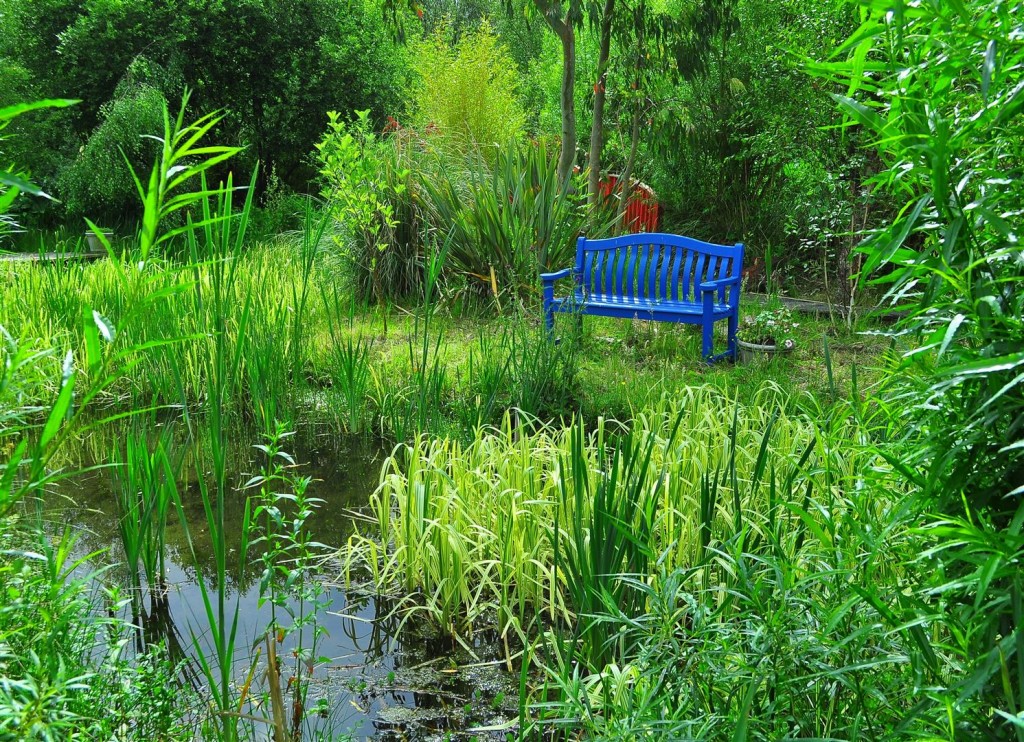
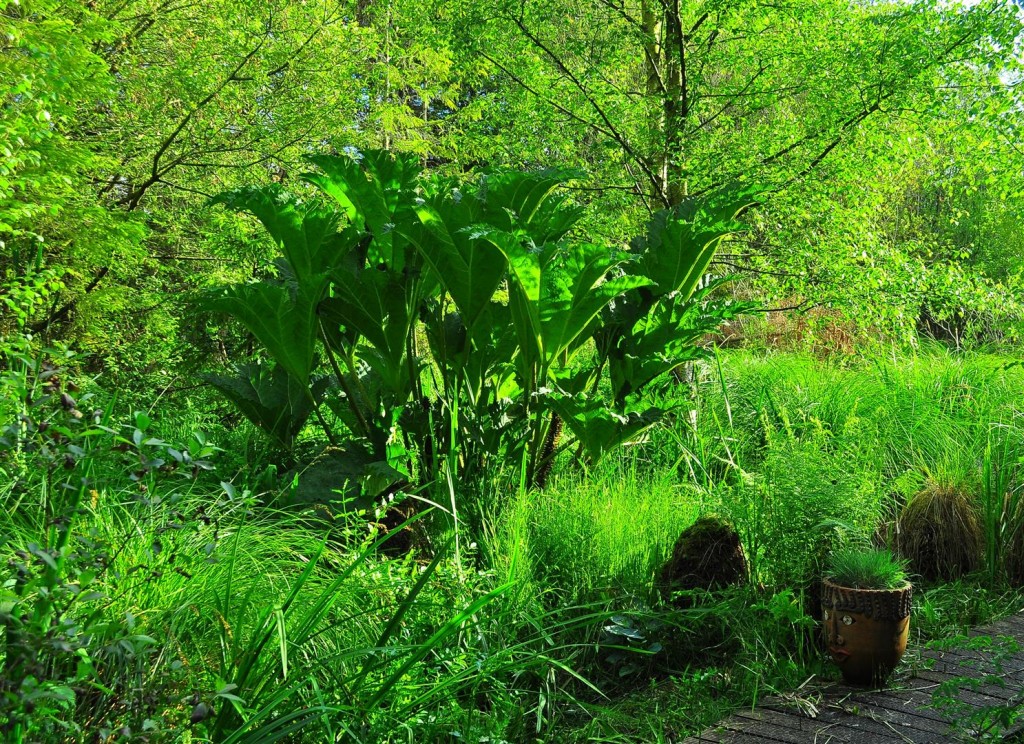
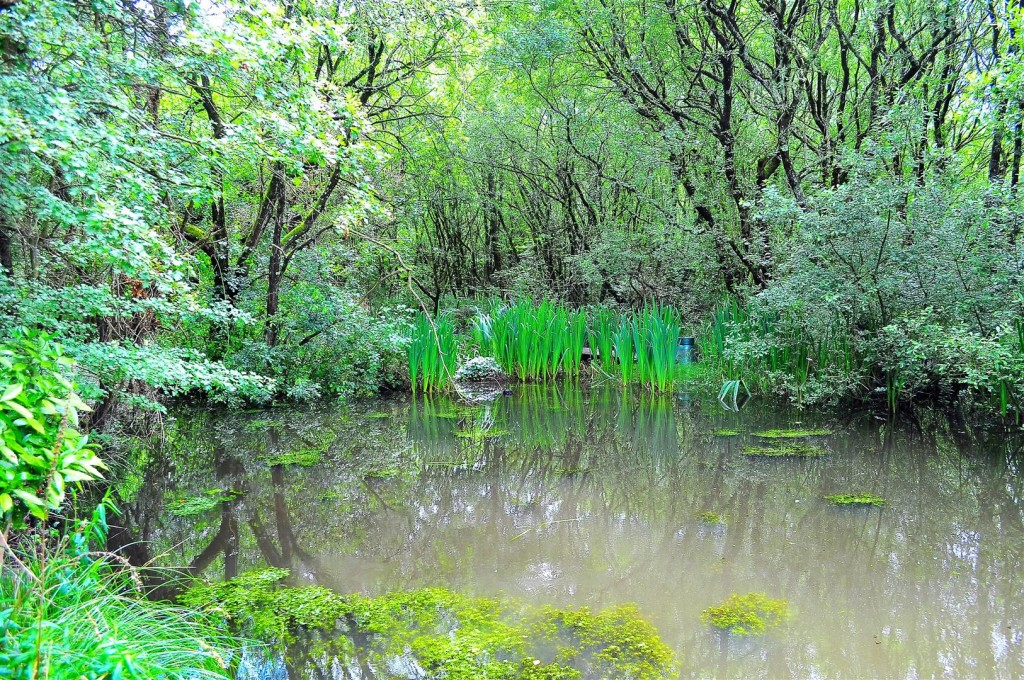

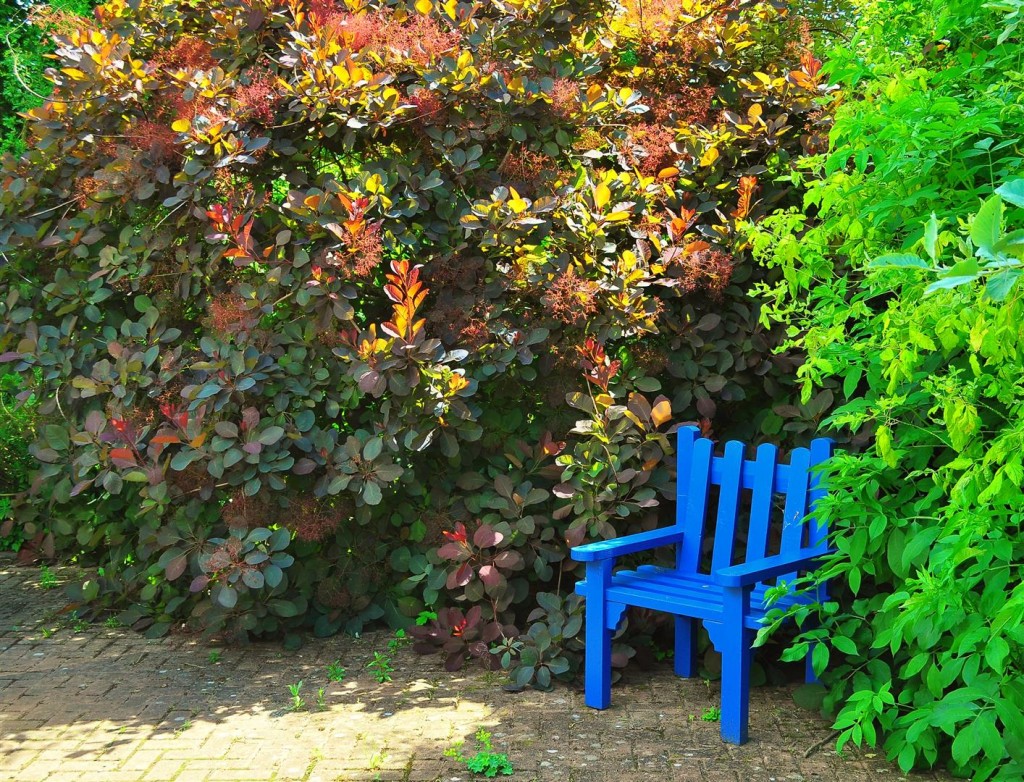
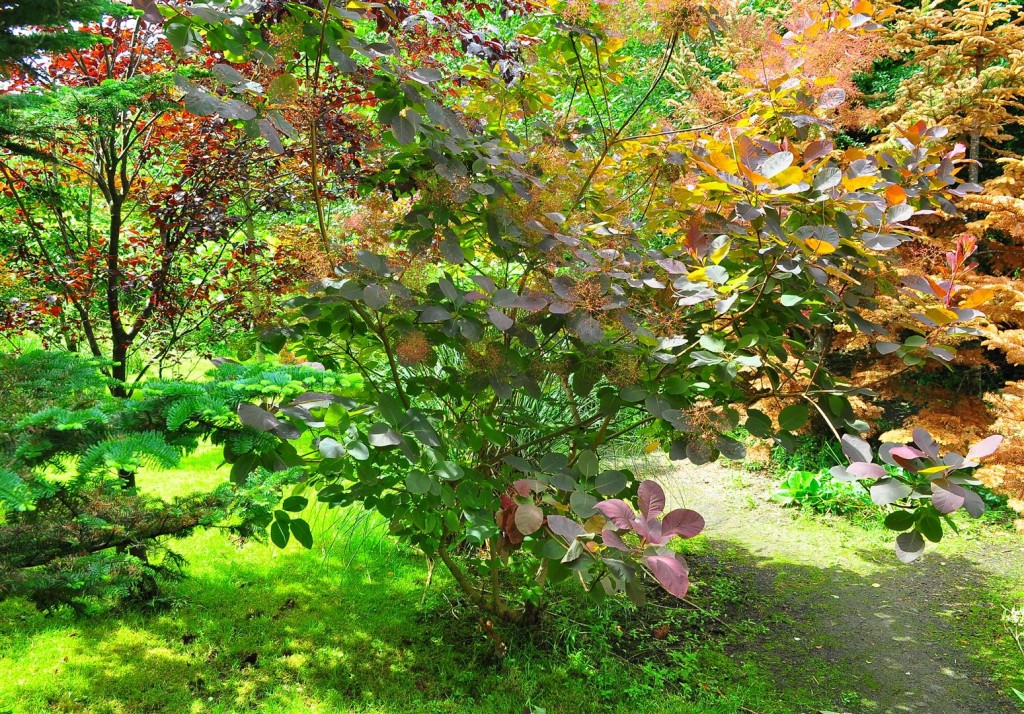
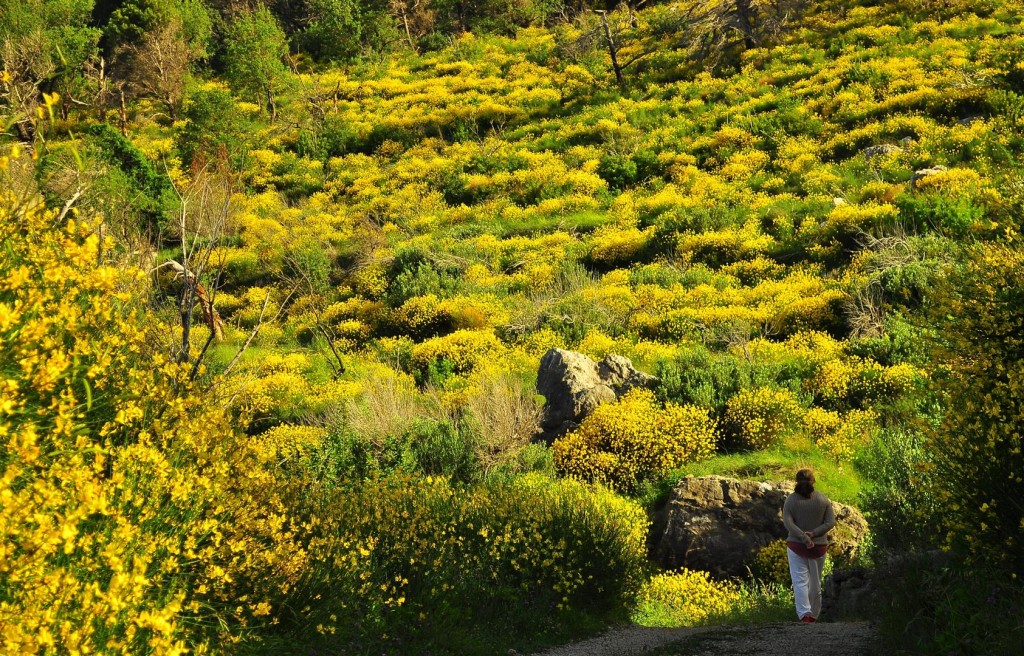
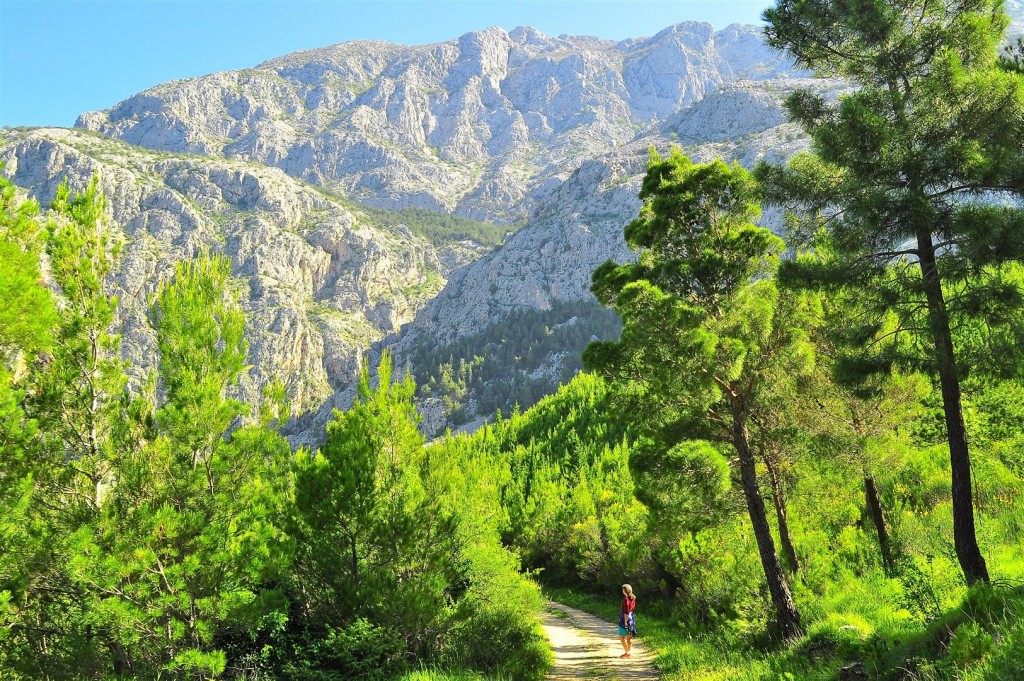
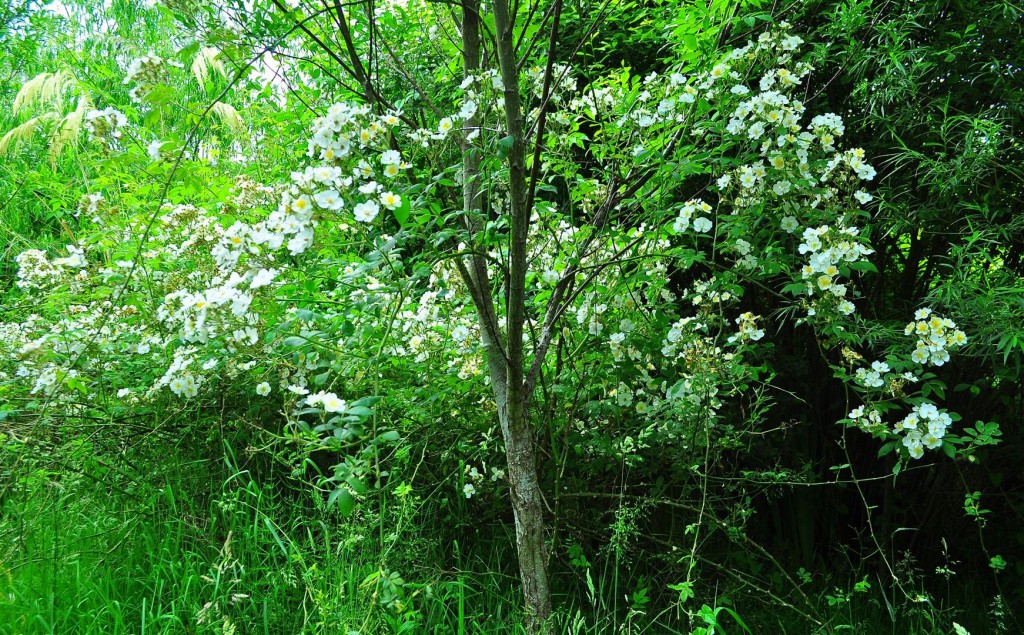
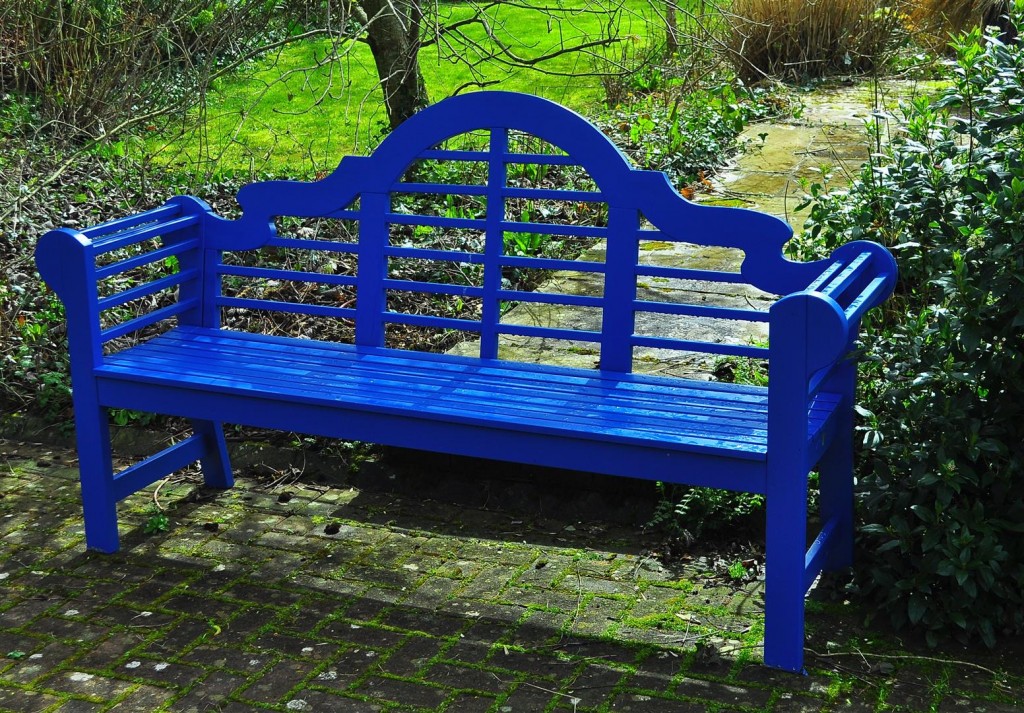
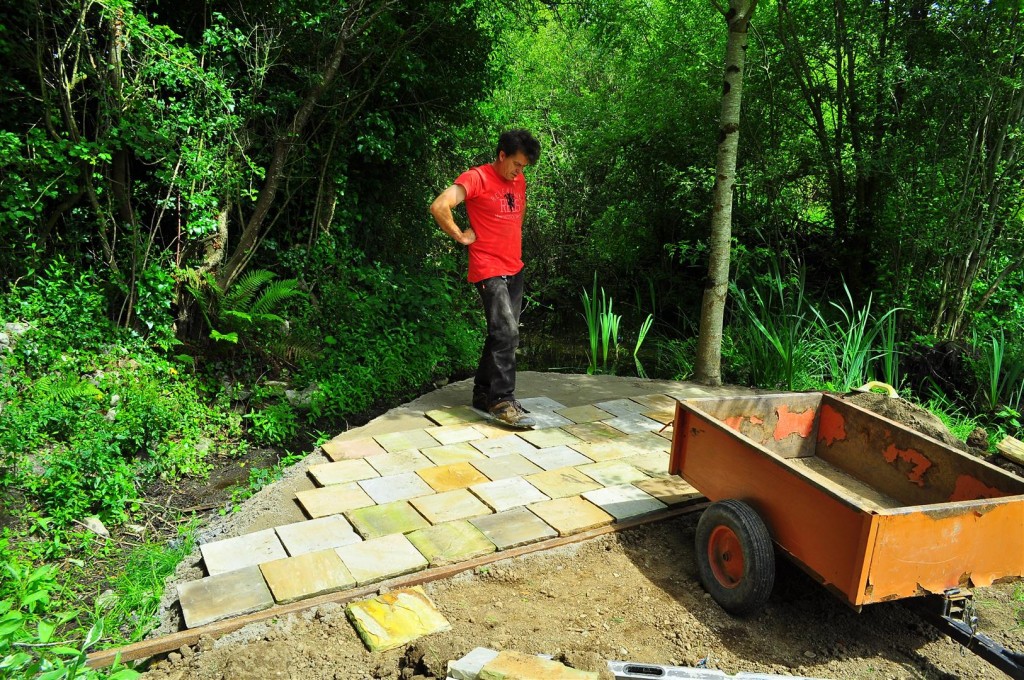
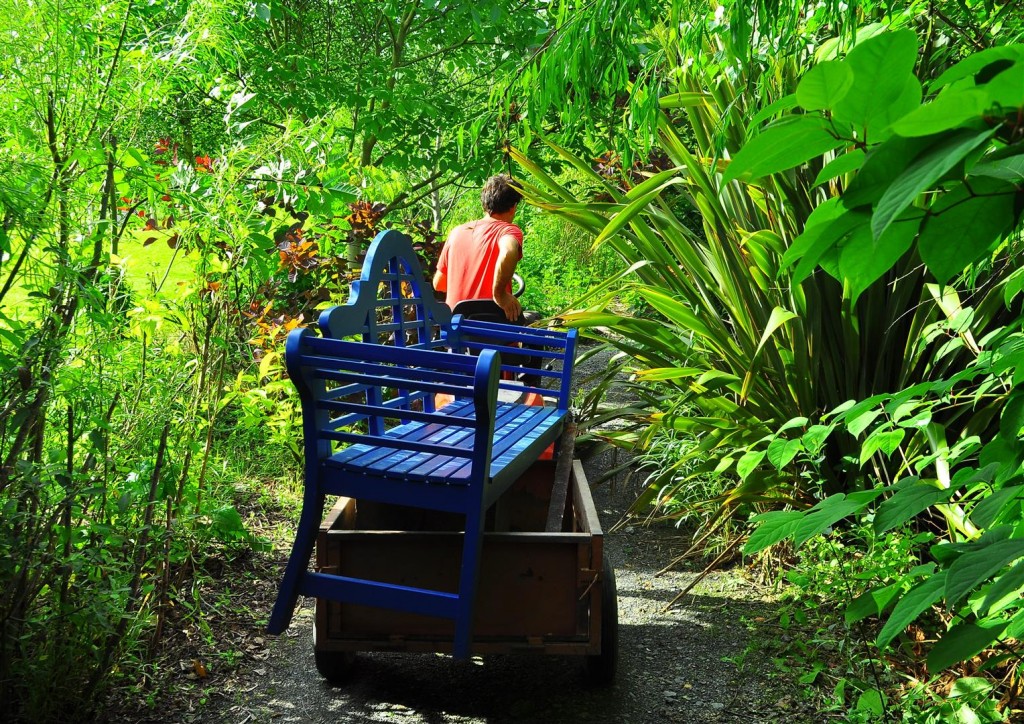
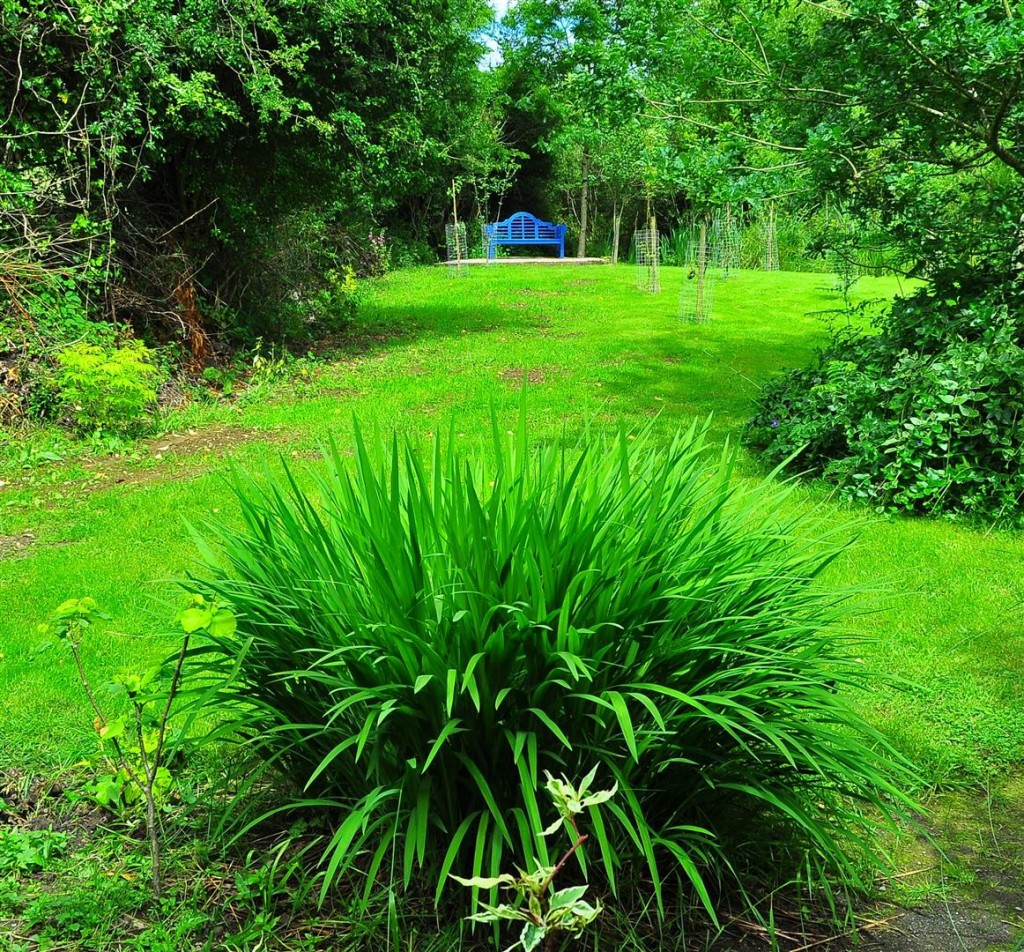
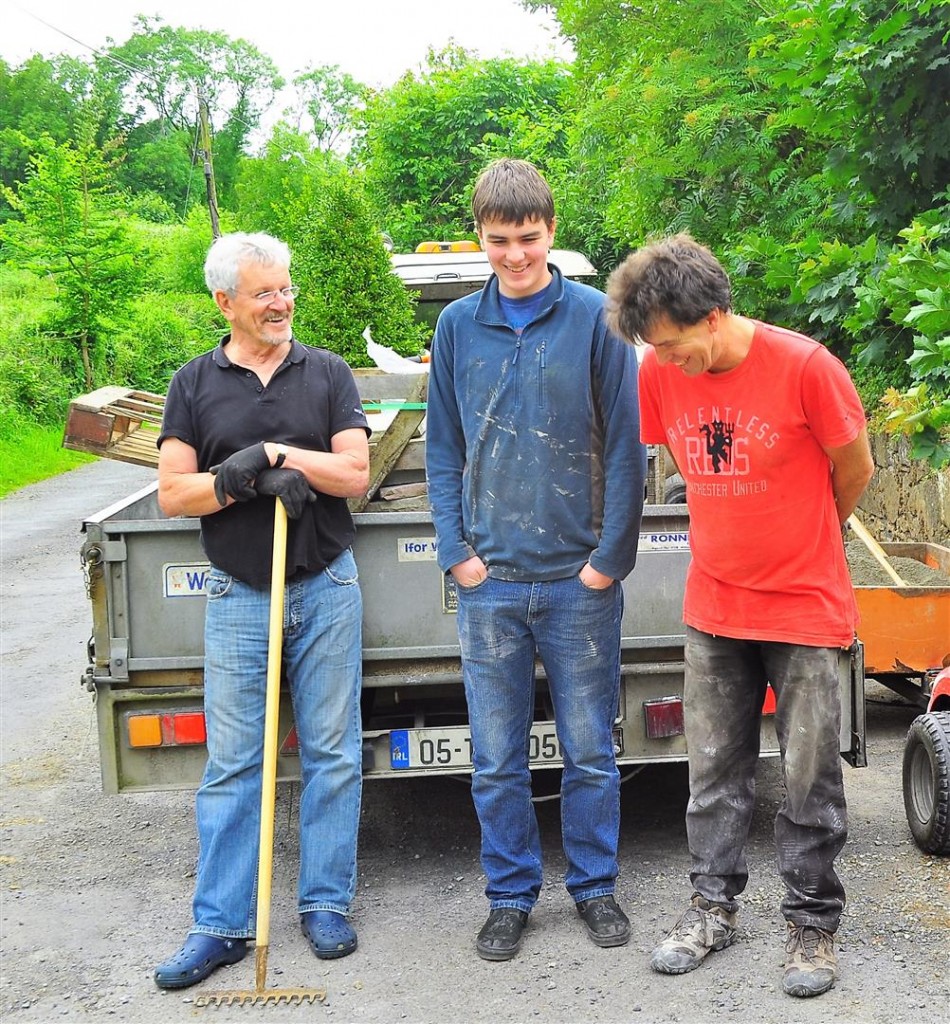
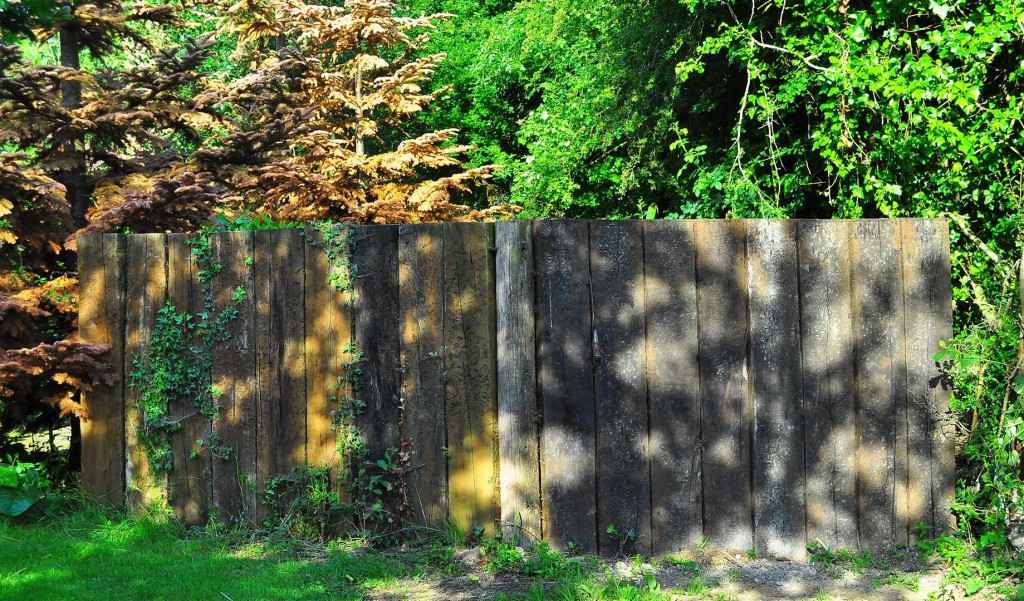
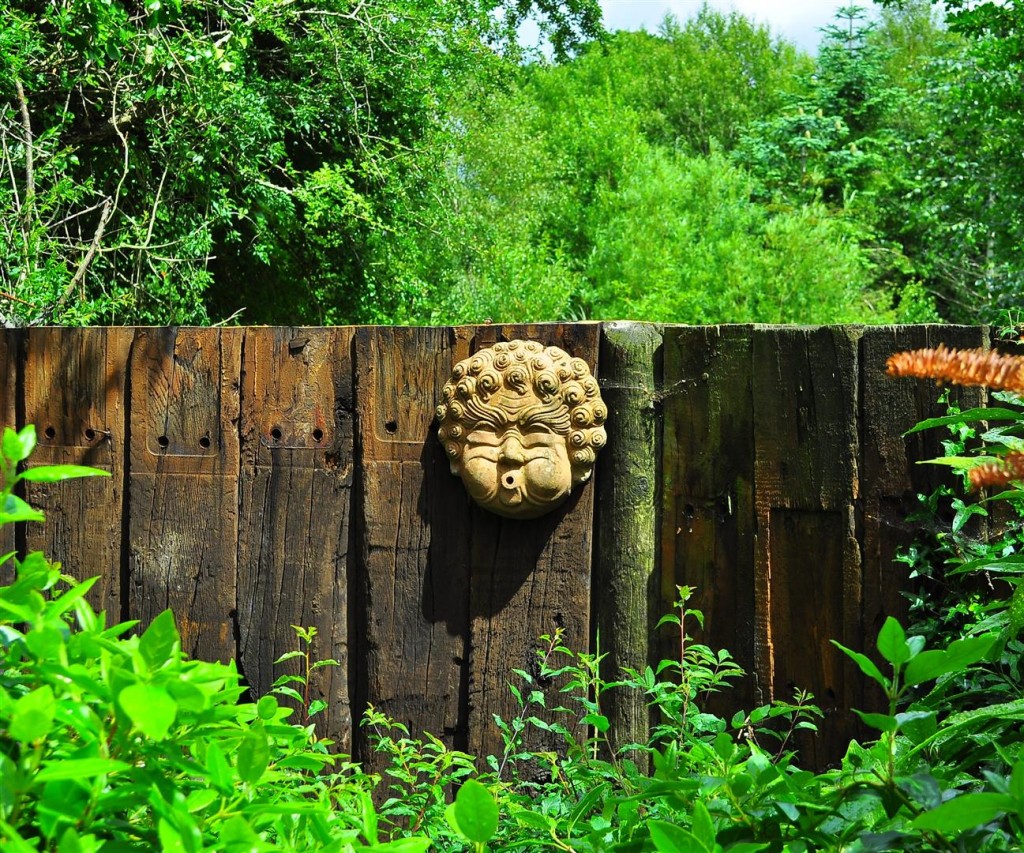
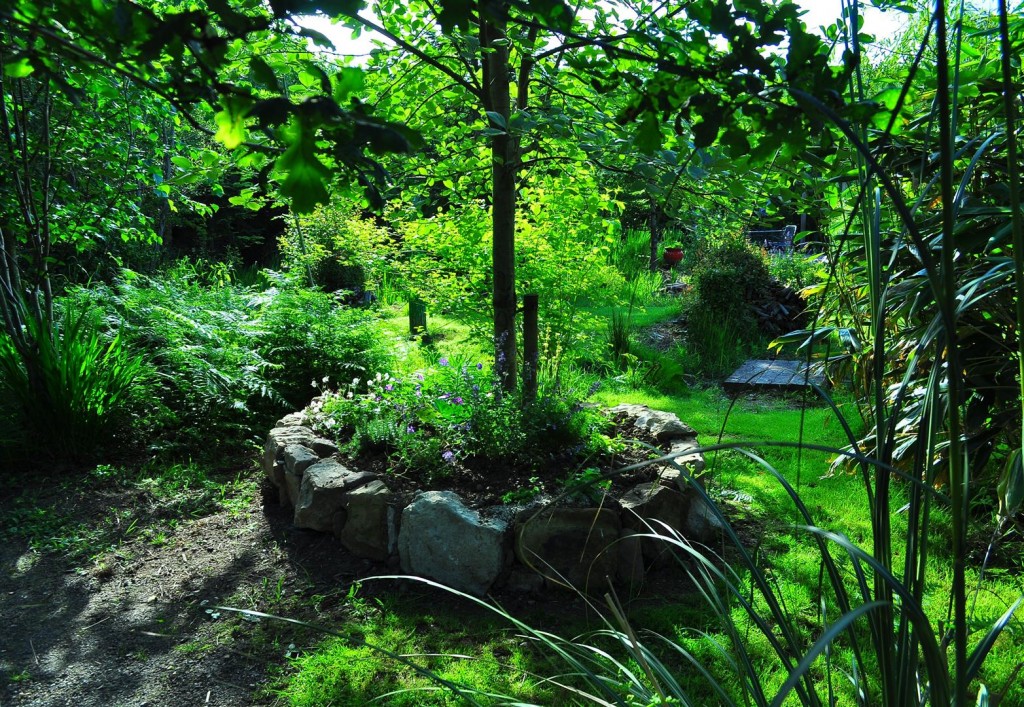

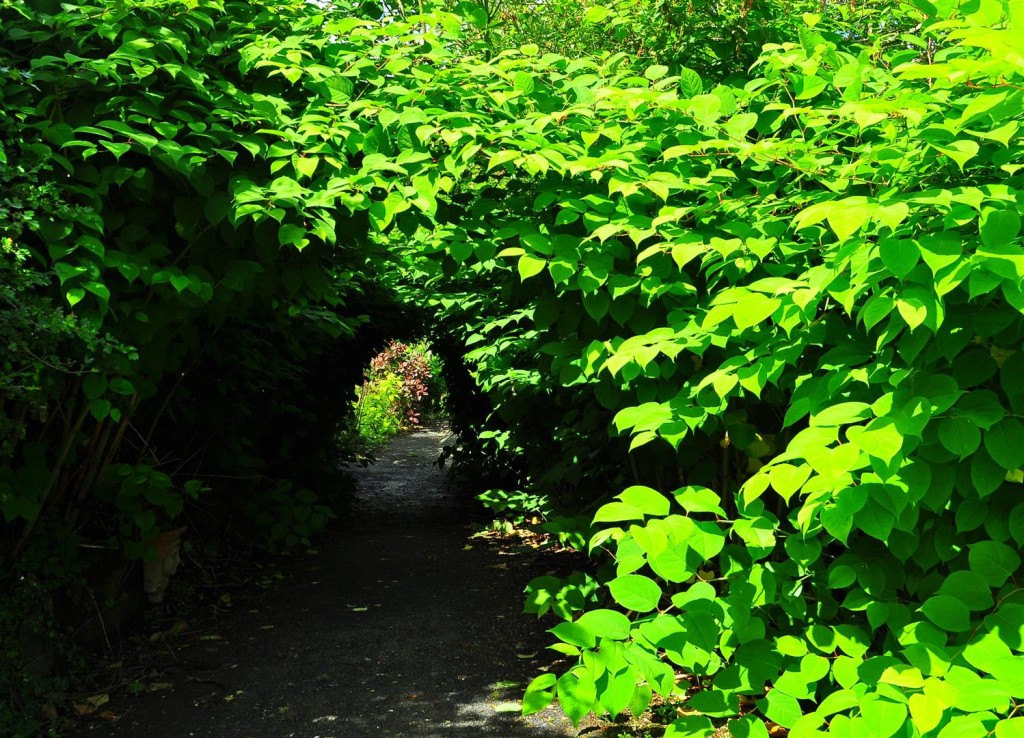
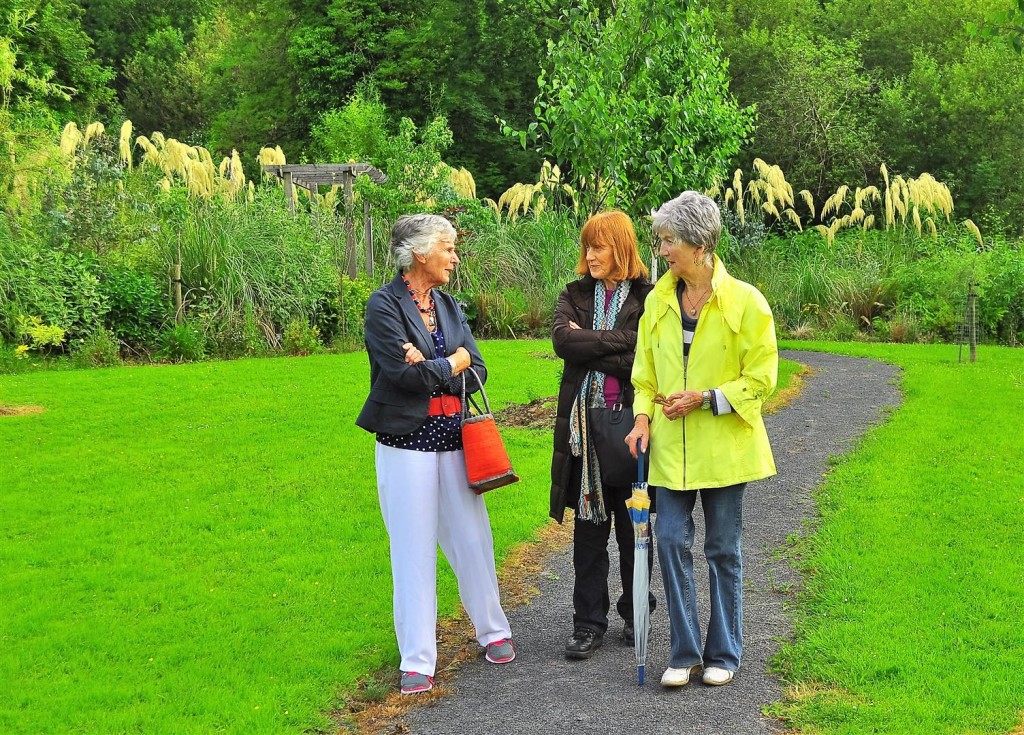
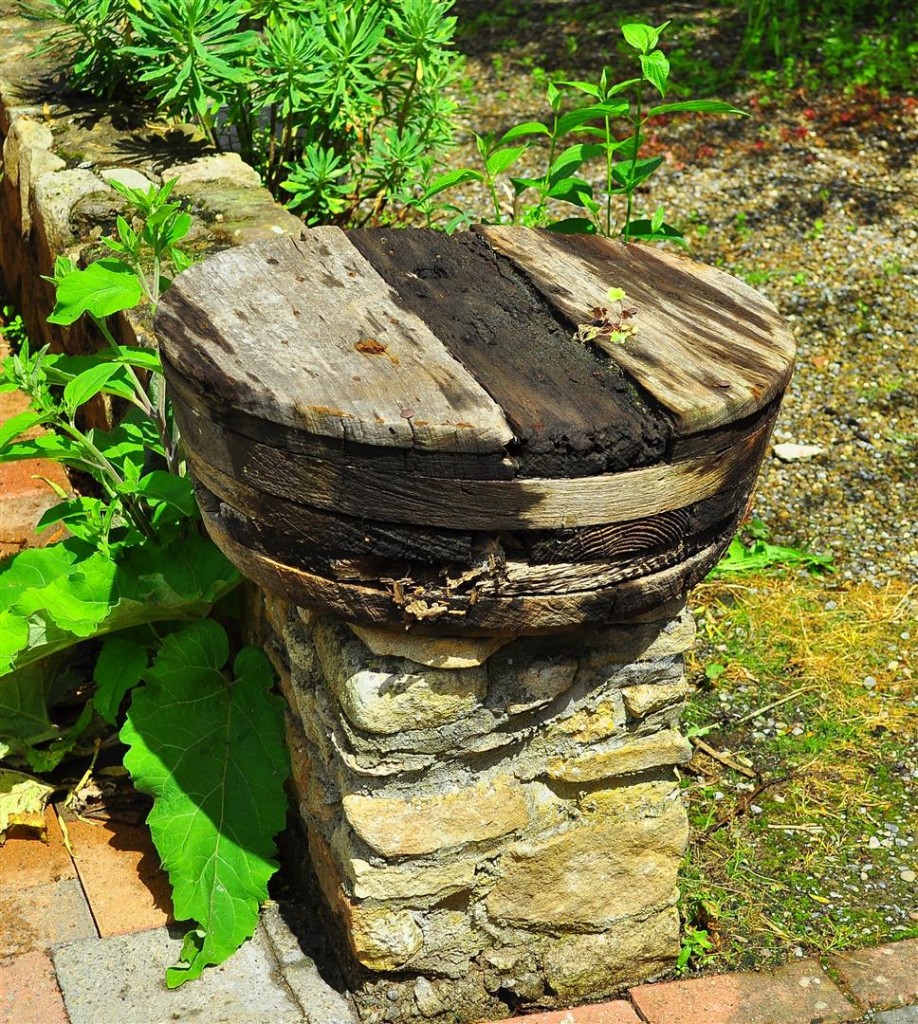
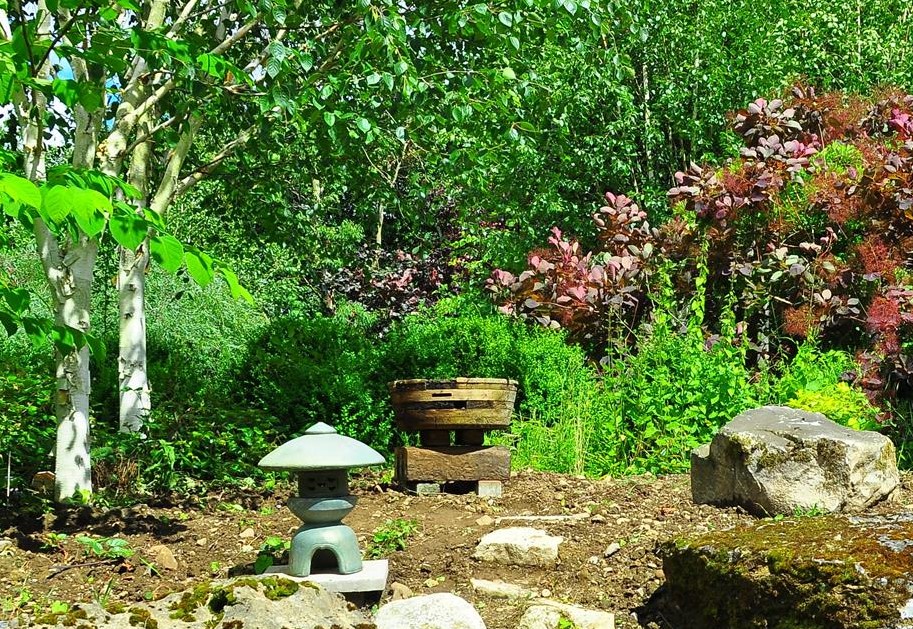
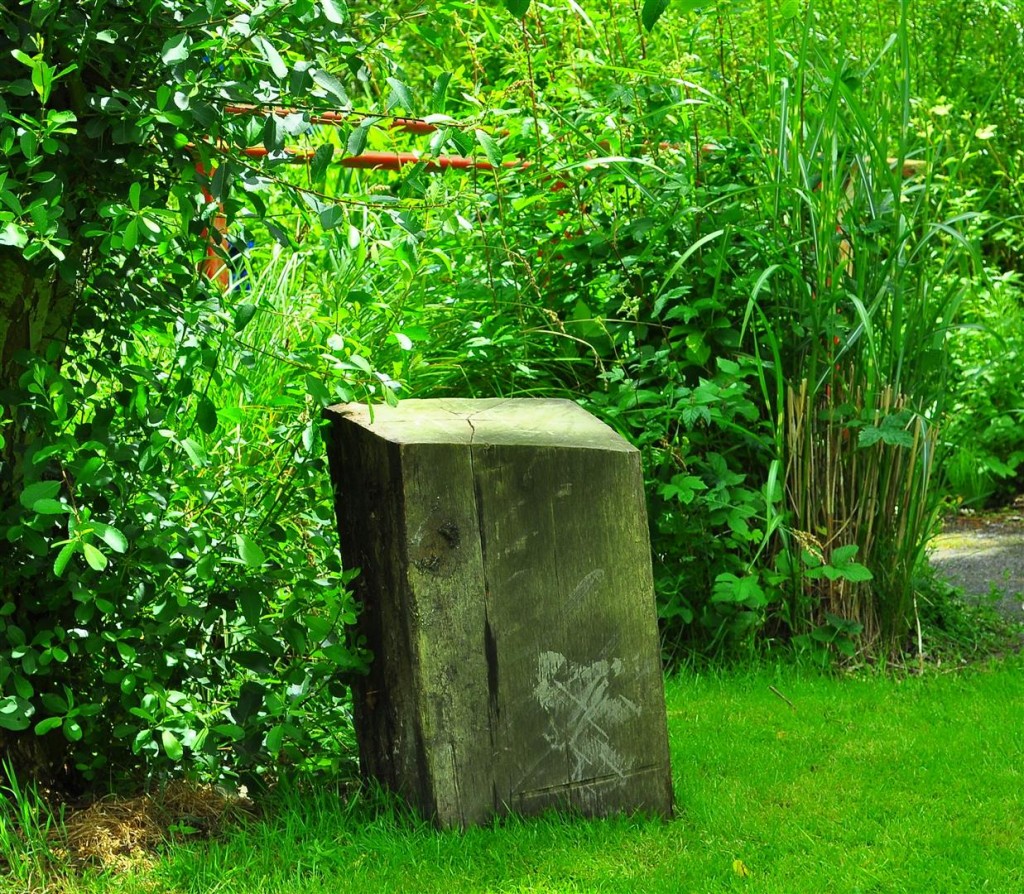
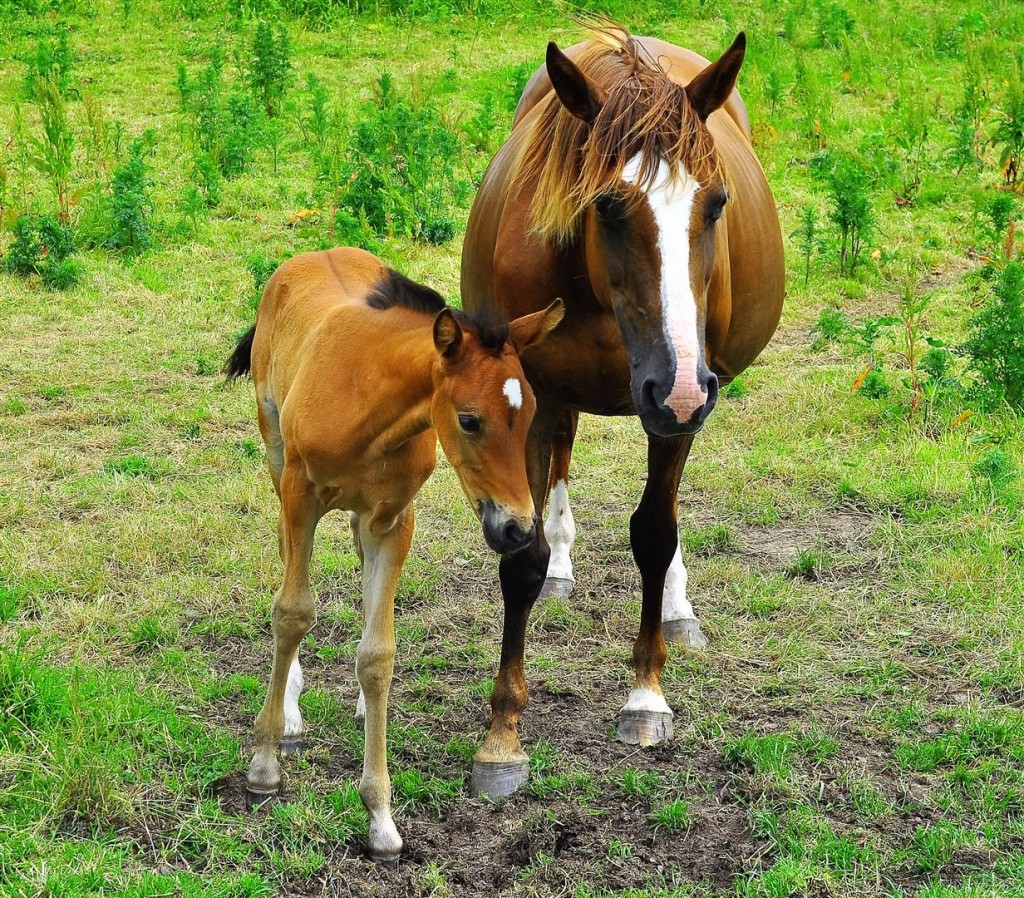
Leave a Reply